As murder suspect Eugene Gligor tossed his water bottle in a trash bin at Washington Dulles Airport earlier this month, unbeknownst to him, authorities investigating a cold case in Maryland were watching.
In New York, police had been trying for years to link DNA found on the bodies of three slain sex workers, but were unable to until they watched as Rex Heuermann threw a major clue into the trash: his leftover pizza crust.
And detectives in Oregon had been surveilling Robert Plympton, suspected of a decades-old murder, when they witnessed him spitting his gum out.
Then they pounced. In each case, authorities snatched up the “trash” – and the discarded DNA became a key in solving decades-old cold cases.
It’s a process called “surreptitious DNA collection,” which refers to the collection and analysis of DNA from a person without their knowledge and without coercion, according to the National Association of Criminal Defense Lawyers.
Peter Valentin, a department chair of forensic science at the University of New Haven and a former detective with the Connecticut State Police Department, told USA Today that it’s “abandoned DNA” and police don’t need a warrant to grab the DNA from public property.
“It works under the premise that you no longer have an expectation of privacy in things that you discard. It’s abandoned DNA,” Valentin said.
“For the Gilgo Beach cases, what they’re doing is getting DNA from the garbage. Once you take garbage to the curb, there’s no longer an expectation of privacy.”
And it’s nearly impossible to avoid leaving DNA behind.
The water bottle tossed in airport trash
After 23 years, an arrest was made this month in the 2001 murder of Leslie Preer – and it was all thanks to a plastic water bottle.
On June 18, Montgomery County police in Maryland, charged 44-year-old Eugene T Gligor, 44, with Preer’s murder.
Preer, 50, was found dead in the bathtub of her home near Washington DC in May 2001. There were signs of a struggle throughout the house and another person’s DNA was found under her fingernails, but police were never able to match the sample.
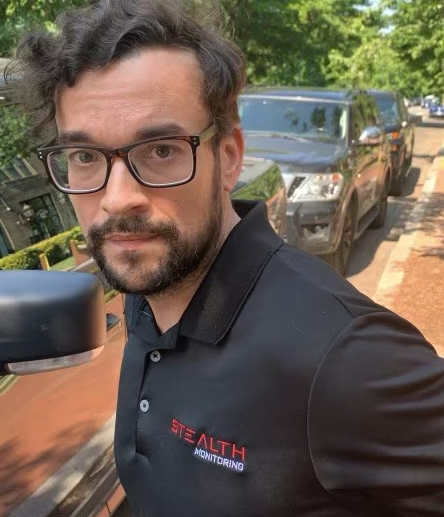
Then, in 2022, investigators found a partial match in commercial genetic databases assembled by ancestry research companies from the millions of samples sent in by customers.
According to The Washington Post, the DNA in the database belonged to a relative of Gligor. Gligorhad dated Preer’s daughter when they were both students at Bethesda-Chevy Chase High School in Bethesda, Maryland, shortly before her mother was killed.
It turns out that police had received an anonymous tip nine months after the 2001 murder claiming that Gligor, who was 21 at the time, “may be somehow related” to the case.
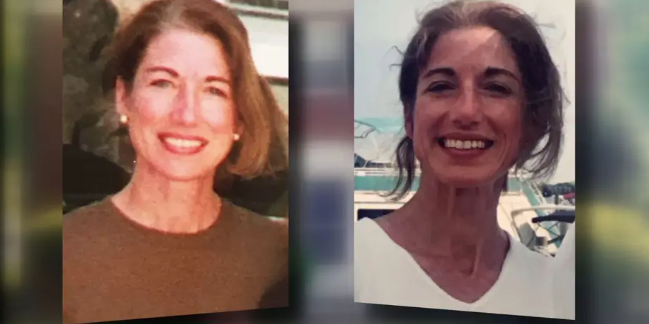
Fast forward to June 2024 and an investigation subsequently tracked Gligor to Dulles Airport. Investigators watched through airport surveillance cameras as the suspect drank from his plastic water bottle and threw it away in a trash can.
They retrieved the bottle and obtained a DNA sample, which matched the genetic material found under Preer’s nails.
Pizza crust leads to arrest of Gilgo Beach serial killer suspects
For over a decade, the Gilgo Beach killings reed a mystery — until New York architect Rex Heuermann threw his pizza box in the trash outside his Manhattan firm last summer under the gaze of the police.
DNA collected from a pizza crust in the discarded pizza box helped investigators link Heuermann to a hair found on one of the murder victims.
Six weeks earlier a new investigative task force had formed and would eventually use the DNA evidence and cell phone location data to charge Heuermann for the murders of the Gilgo Four: Megan Waterman, Melissa Barthelemy, Amber Lynn Costello and Maureen Brainard-Barnes.

“On March 14, 2022, the name Rex was first mentioned,” Suffolk County District Attorney Ray Tierney said shortly after the July 2023 arrest. “A New York state investigator was able to identify him in a database and from that point on we used the power of the grand jury, over 300 subpoenas and search warrants, looking into this individual’s background to bring us to this day.”
According to court documents, the team surveilling Heuermann observed him throw out the pizza box into a trash can outside his office in Midtown, Manhattan and collected the pizza crust to be swabbed and analyzed by a forensics lab.
The DNA matched a mitochondrial DNA profile from a male hair that was collected off burlap that had been wrapped around the naked body of 22-year-old Megan Waterman when she was found on December 13, 2010, near Gilgo Beach.
The results came back on June 12, 2023, having a 99.96 degree of accuracy. Heuermann was arrested the following month.
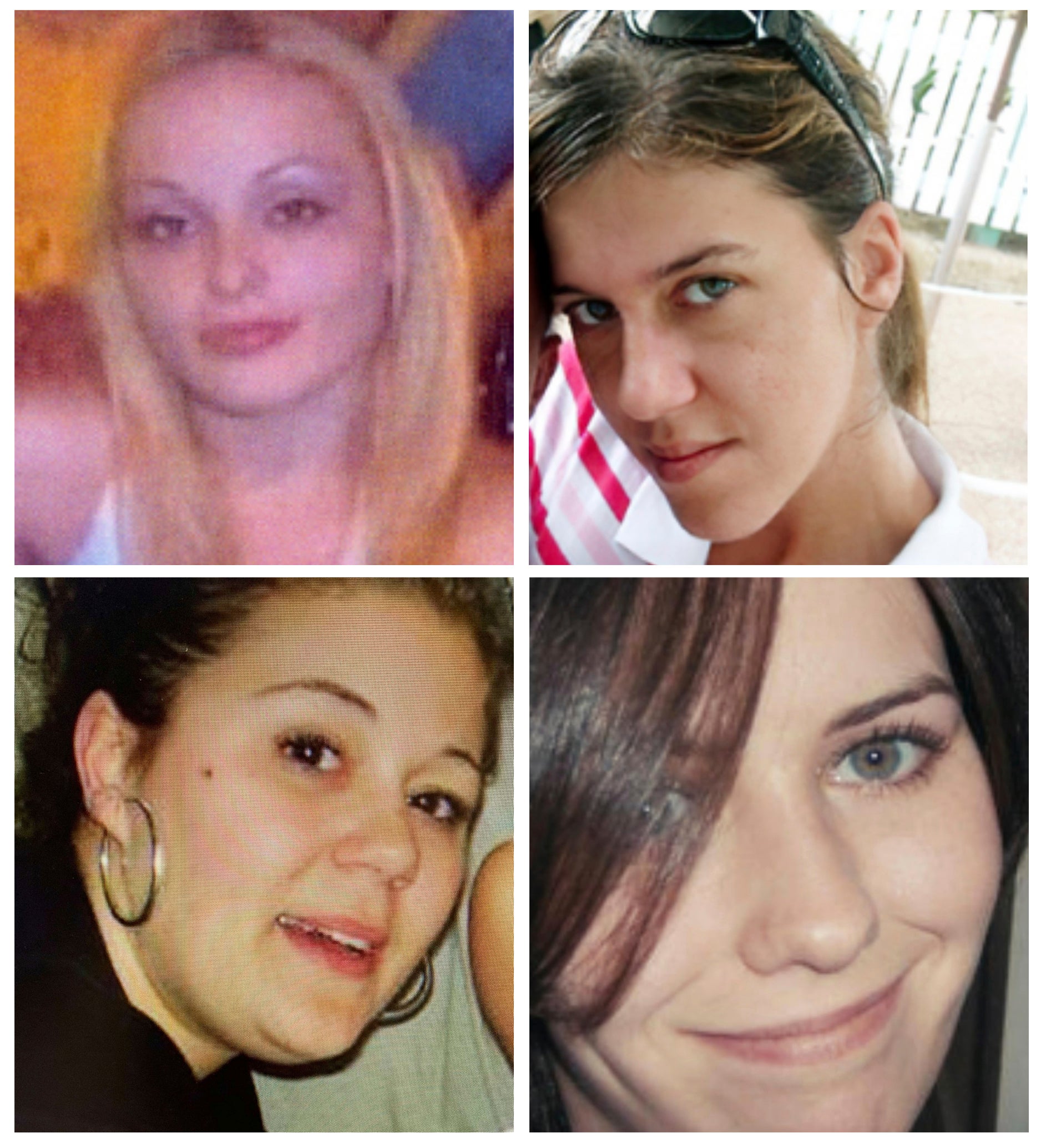
In June 2024, Heuermann, now 60, was arraigned in the deaths of two more women: Jessica Taylor, 20, and Sandra Costilla, 28.
Taylor vanished in 2003 while working as an escort in New York City. Some of her res were discovered in Manorville that year. Further res were found during a 2011 search near Ocean Parkway, the road where the other Gilgo Beach victims were found.
Costilla’s res were found on November 20, 1993, on Cove Road in North Sea, a Southampton town.
Prosecutors said they were able to use new forensic testing methods to match hairs found on or near both victims to a DNA profile that is a likely match to Heuermann.
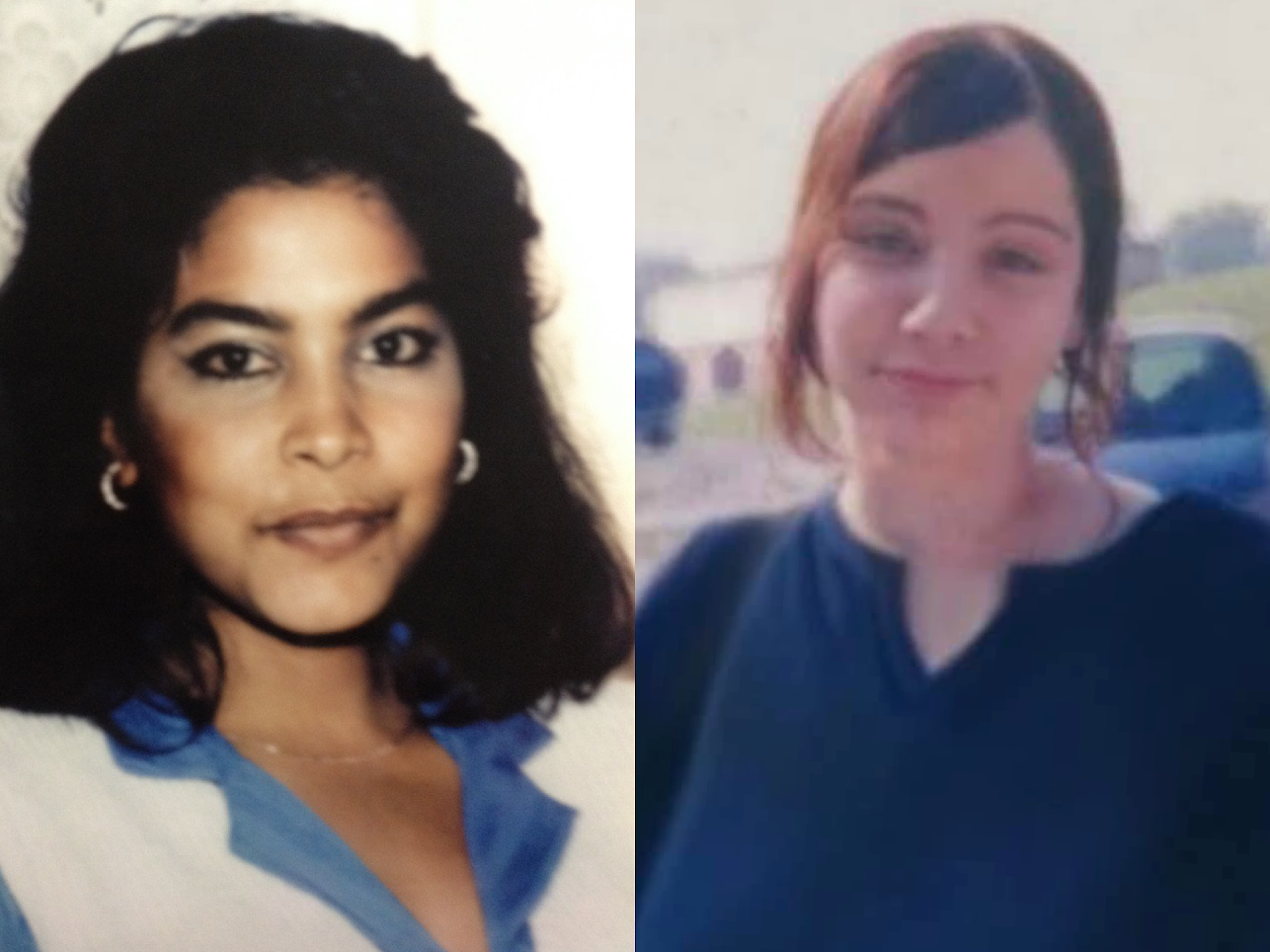
Since late 2010, police have been investigating the deaths of at least 10 people — mostly female sex workers — whose res were discovered along an isolated highway not far from Gilgo Beach on Long Island’s south shore.
Taylor and Costilla are the first alleged victims of Heuermann who were murdered before 2007, leading prosecutors to believe he was killing women for much longer than previously thought and are investigating the possibility of more victims.
The Golden State Killer
Discarded DNA was also key evidence in the case of the Golden State Killer Joseph James DeAngelo, who was convicted in 2018 for several murders, rapes and burglaries in the 1970s and 1980s.
His crime spree began in 1975 while he was working as a police officer in Exeter, California. DeAngelo began by stalking his victims, but eventually moved on to sexual assaults, rapes and murders.
After DeAngelo was first targeted as a suspect in the cases through genetic genealogy, police followed him to a Hobby Lobby store in Roseville, California, and obtained DNA evidence from his car door handle.
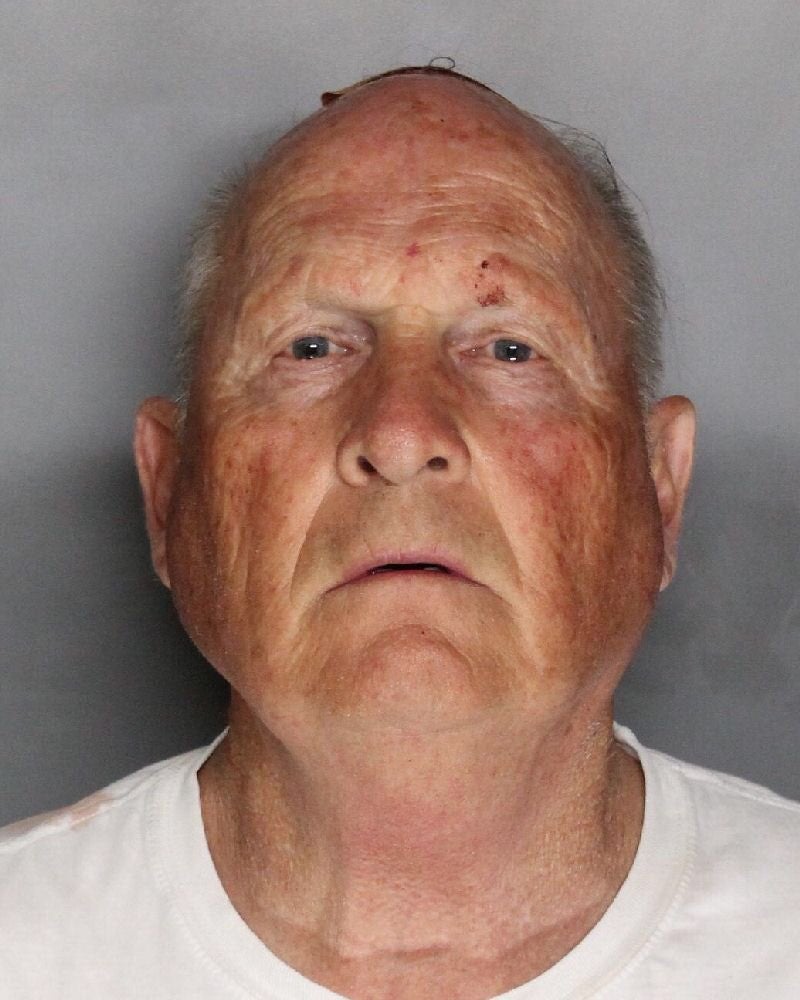
They later collected items, including a tissue, from his trash outside his home and the DNA matched DNA from the crime scene.
DeAngelo admitted 13 counts of first-degree murder and multiple rapes and burglaries after pleading guilty in a deal that kept him from receiving the death penalty.
He also admitted he committed dozens of other sexual assaults that could not be prosecuted due to statute of limitation restrictions.
At 74 years old, DeAngelo was sentenced to life in prison without parole.
A piece of gum cracks the case
A 1980 cold case murder in Oregon was solved after DNA found on a piece of discarded chewing gum led authorities to the killer.
Robert Plympton, 60, was found guilty on March 21, 2024, on one count of first-degree murder and four counts of second-degree murder in the murder of Mt. Hood Community College student Barbara Tucker.
Barbara Tucker was 19 years old when she was “kidnapped, sexually assaulted, and beaten to death” on January 15, 1980, authorities said.

The next morning, students who were on their way to class at the school in Gresham discovered the woman’s body in a wooded area next to the parking lot.
In 2000, vaginal swabs taken during Tucker’s autopsy were sent to the Oregon State Police (OSP) Crime Lab for analysis and used to create a DNA profile of the suspect.
Parabon Nanolabs’ Chief Genetic Genealogist CeCe Moore told CNN that during her research, she discovered a history of red-headed men in the family line which led to the the prediction that the person who murdered and raped Barbara most likely had red hair.
Parabon identified Plympton as a likely contributor to the DNA profile that was developed in 2000.

Armed with the new information, detectives with the Gresham Police Department found that Plympton was living in Troutdale, Oregon, and began conducting surveillance.
When they saw Plympton spit out his chewing gum on the ground, they seized their chance, collected the gum and submitted it to the OSP Crime Lab.
DNA from the gum matched the DNA profile developed from Tucker’s autopsy.
Plympton was arrested on June 8, 2021. He was convicted in March 2024 and res in custody in Multnomah County.
Read the full article here

